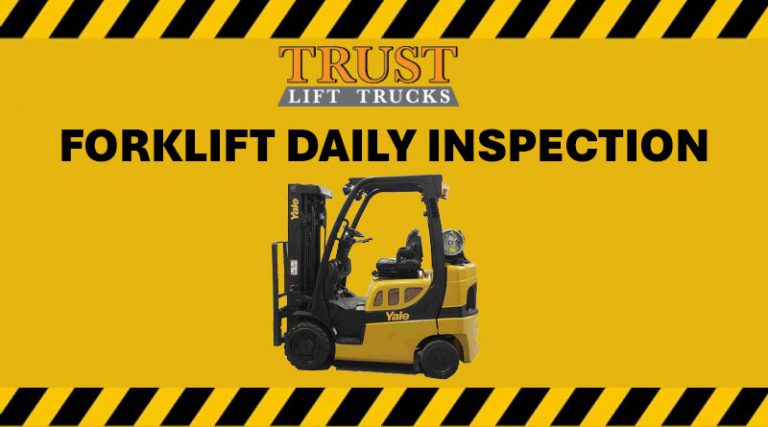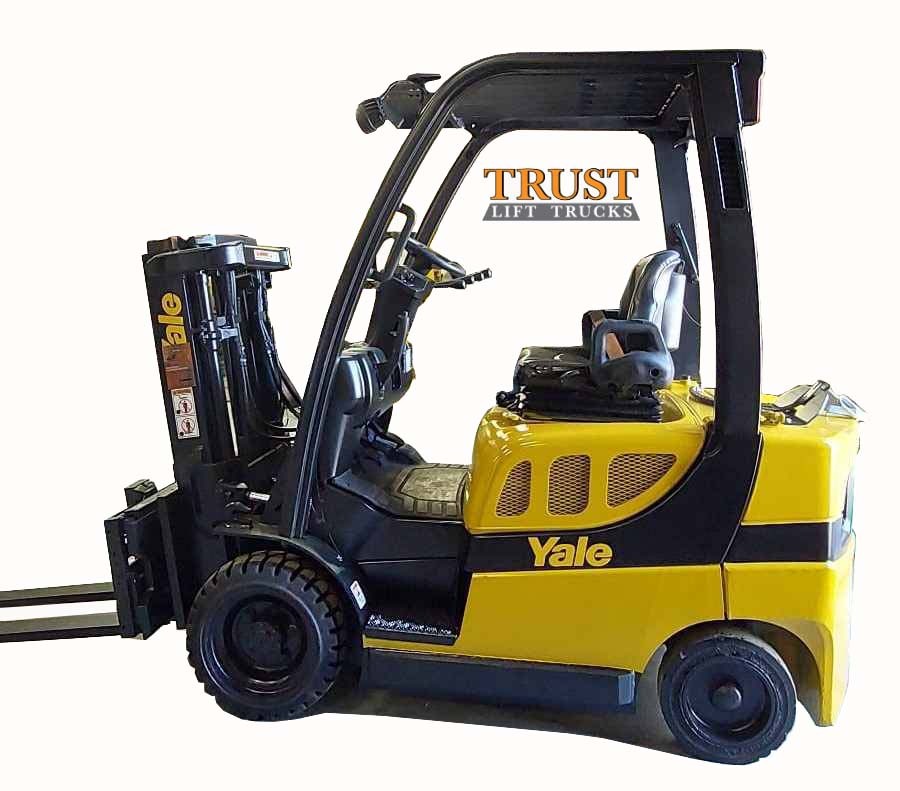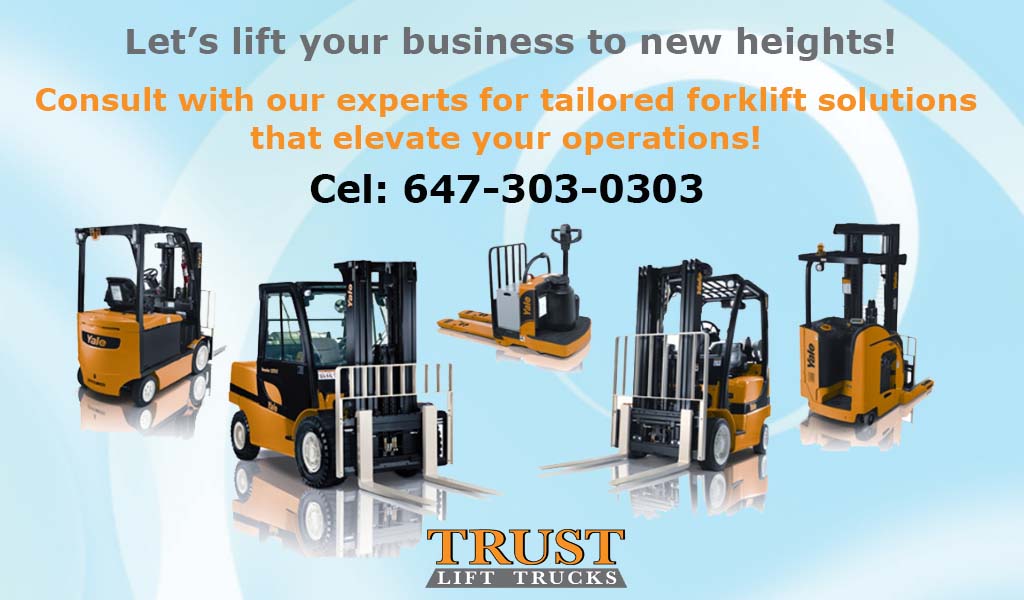Forklift Safety: A Daily Preventative Measure

Forklifts and reach trucks are indispensable in many industries, from warehouses to construction sites and even agricultural lands. However, their utility comes with significant risks. Ensuring daily preventative measures can drastically reduce accidents and enhance workplace safety. Here are some essential steps to incorporate into your daily routine to maintain forklift safety.
1. Daily Inspections
Before operating a forklift, conduct a thorough inspection. Check for any visible damage, ensure the tires are in good condition, and verify that all controls are functioning correctly. Pay special attention to the brakes, steering, and hydraulic systems. A daily checklist can help ensure no critical component is overlooked.
2. Proper Training
Operators should be adequately trained and certified. Training should cover not only the operation of the forklift but also safety protocols and emergency procedures. Regular refresher courses can help keep skills sharp and knowledge up-to-date.
3. Load Management
Always adhere to the forklift’s load capacity. Overloading can lead to tipping accidents and damage to the forklift. Ensure loads are balanced and secure before moving.
4. Safe Operating Practices
Operators should always wear seatbelts and follow speed limits. Be mindful of the surroundings, including other vehicles and pedestrians. Maintain a safe distance from the platform and ramp edges to prevent falls. Use horns at intersections and blind spots to alert others of your presence.
5. Environmental Awareness
Work environments should be designed to minimize hazards. Keep travel paths clear of obstructions and ensure adequate lighting. Separate pedestrian walkways from forklift operating areas whenever possible. Be cautious of special conditions such as wet or uneven surfaces.

6. Emergency Preparedness
Have a clear plan in place for emergencies. Operators should know how to respond to incidents such as tip-overs or collisions. First aid kits and emergency contact numbers should be readily accessible.
7. Regular Maintenance
Scheduled maintenance is crucial for keeping forklifts in safe working order. Follow the manufacturer’s guidelines for servicing and promptly address any issues identified during daily inspections. Taking malfunctioning equipment out of service until forklift repairs are made.
What to do as a daily forklift safety inspection?
Exterior Inspection
- Tires: Check for wear, punctures, or excessive tread separation.
- Lights: Ensure all lights (headlights, taillights, brake lights, turn signals, backup lights) are functioning.
- Horn: Test the horn to ensure it is audible.
- Mirrors: Verify that all mirrors are clean and secure.
- Body Panels: Inspect for any damage or cracks.
Interior Inspection
- Seat: Check for damage, proper adjustment, and seat belt functionality.
- Controls: Verify all controls (steering, brakes, accelerator, lift/tilt) are operating smoothly.
- Gauges: Ensure all gauges (fuel, temperature, battery) are functioning correctly.
- Emergency Stop Button: Test the emergency stop button.
- Fire Extinguisher: Check the fire extinguisher is present, charged, and mounted securely.
Operational Inspection
- Hydraulics: Test all hydraulic functions (lifting, lowering, tilting) for leaks, noises, or unusual behavior.
- Brakes: Test the brakes for responsiveness and stopping power.
- Steering: Check for any steering issues, such as binding or excessive play.
- Mast: Inspect the mast for any cracks, bends, or loose bolts.
- Load Capacity: Ensure the forklift is not overloaded.
Additional Considerations
- Battery: Check battery water levels (if applicable) and ensure the battery is securely fastened.
- Attachments: Inspect any attachments for damage, proper function, and secure mounting.
- Working Environment: Ensure the area is clear of obstacles and hazards.
Conclusion
By integrating these daily preventative measures, workplaces can significantly reduce the risk of forklift-related accidents. Forklift safety is a continuous process that requires vigilance, proper training, and adherence to established protocols. Prioritizing forklift safety not only protects employees but also enhances overall productivity and efficiency. You can find more information in Canada’s national occupational health and safety resources. Please be reminded that Trust Lift Trucks knowledgeable staffs are ready to assist you in preparing checklists and training your operator for your peace of mind. We are just a call away from you in Toronto and GTA to do a safety inspection and certify your forklifts .
